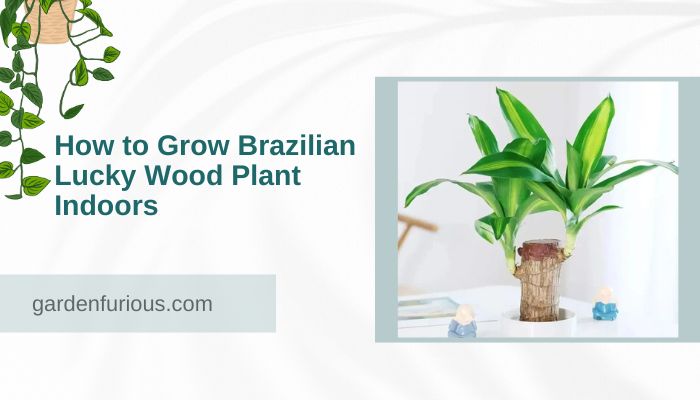Elephant ear plants (from the Colocasia, Alocasia, and Caladium families) are a perfect choice. These lush, tropical plants, known for their massive, heart-shaped leaves, don’t just look beautiful—they offer a range of surprising benefits when grown indoors.
A Touch of the Tropics
The large, dramatic leaves of the elephant ear plant bring a tropical feel to any room, making it an instant focal point. Whether you’re using them as part of your living room decor or livening up a quiet corner, their bold presence will draw attention. Beyond just their visual appeal, they can create a serene, nature-inspired ambiance. The leaves’ soothing green shades and unique textures bring warmth and tranquility to your space, providing a natural escape from the hustle and bustle of daily life.
Enhances Air Quality: A Natural Air Purifier
A major benefit of growing elephant ear plants indoors is their ability to purify the air. Like other houseplants, they help filter and remove harmful toxins such as formaldehyde and carbon monoxide from your environment. By releasing oxygen and absorbing pollutants, they contribute to cleaner, fresher air—improving the overall health and wellbeing of your home. This makes elephant ear plants not just an ornamental addition but also an essential for those looking to maintain a healthy indoor atmosphere.
Humidity Control: A Perfect Match for Dry Homes
If you live in a home with low humidity or use air conditioning frequently, the elephant ear plant is your ally. These tropical plants thrive in high humidity, and as they grow, they naturally help balance moisture levels in the air. Placing them in rooms that feel dry can help keep the atmosphere from becoming too arid, making them especially beneficial in winter when heaters are running. Elevated humidity levels can also reduce common problems like dry skin, sore throats, and other discomforts associated with dry air.
Noise Reduction: Natural Sound Absorbers
The large, thick leaves of elephant ear plants act as natural sound absorbers, helping reduce noise in busy indoor spaces. While they may not completely soundproof a room, they can help muffle unwanted noise by disrupting sound waves. This can create a quieter, more peaceful environment—perfect for apartments, home offices, or any space where noise tends to travel.
Encourages Mental Health and Relaxation
Like most indoor plants, caring for elephant ear plants has psychological benefits. Studies have shown that tending to houseplants can lower stress levels, improve mood, and increase feelings of relaxation and calmness. The rewarding experience of watching your elephant ear plant grow and flourish can boost your sense of accomplishment and provide a sense of connection with nature. Their bold, striking leaves also act as a visual form of stress relief, offering a natural oasis in your home.
Medicinal Benefits of Elephant Ear Leaves
While the roots of the elephant ear plant are well-known for their edible uses, the leaves can also offer several health benefits when cooked. Rich in vitamins like potassium, vitamin C, and folate, they may contribute to better heart health, help in disease prevention, and aid in maintaining healthy body weight. However, caution is necessary—raw leaves contain oxalates, which are toxic to humans, so they must be cooked thoroughly to neutralize these effects.
Easy Indoor Care: Perfect for Beginners
Although the elephant ear plant may seem exotic and demanding, it’s quite easy to care for indoors if you follow a few basic guidelines. They thrive in bright, indirect light and require well-draining soil to avoid root rot. Keeping the soil slightly moist and maintaining a humid environment ensures they flourish. Plus, with regular fertilization during the growing season, you’ll enjoy vibrant, lush foliage year-round.
To ensure long-term success, prune any yellowing leaves, repot them annually to accommodate their growth, and provide enough space for the plant to spread its massive leaves. Proper care will reward you with a thriving, beautiful plant that elevates your indoor space.
Reduces Pests Naturally
Interestingly, elephant ear plants can help deter pests. Their preference for high humidity levels makes them less attractive to certain household pests, such as spider mites, which thrive in drier conditions. Keeping the humidity high not only benefits the plant but also creates an environment that pests dislike, reducing the chances of infestation.
Nutritional and Digestive Benefits
For those who are more adventurous with their gardening, elephant ear plant roots and leaves (known as taro when referring to certain species) offer substantial nutritional benefits. They’re high in resistant starch and fiber, making them beneficial for digestive health. These compounds feed good bacteria in your gut, supporting a healthy microbiome, which is essential for overall wellness. Taro is also used in various cuisines around the world, adding versatility to your home garden.
FAQ
Can I grow elephant ear plants in low-light environments?
While elephant ear plants prefer bright, indirect sunlight, they can tolerate low-light conditions. However, their growth may slow down, and the leaves might become smaller. Consider placing them near a window with filtered light for optimal results.
Do elephant ear plants need a lot of water?
Yes, elephant ear plants prefer consistently moist soil, but be careful not to let them sit in waterlogged soil as this can lead to root rot. Water them frequently, but always ensure proper drainage.
Are elephant ear plants safe for pets?
No, elephant ear plants are toxic to pets if ingested. They contain calcium oxalate crystals that can cause irritation in the mouth and throat of cats and dogs. Keep them out of reach of curious pets to avoid any accidental ingestion.
How do I increase the humidity for my elephant ear plant?
You can increase humidity by misting the leaves regularly, placing the pot on a pebble tray filled with water, or using a room humidifier. These methods will create the moisture-rich environment that the plant thrives in.
elephant ear plants offer much more than just aesthetic appeal. From purifying your air and controlling humidity to enhancing mental well-being and offering nutritional benefits, they are a multifunctional powerhouse that can transform your indoor space.






